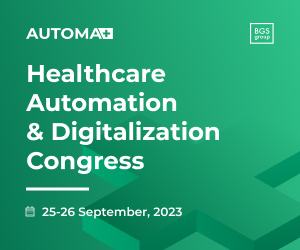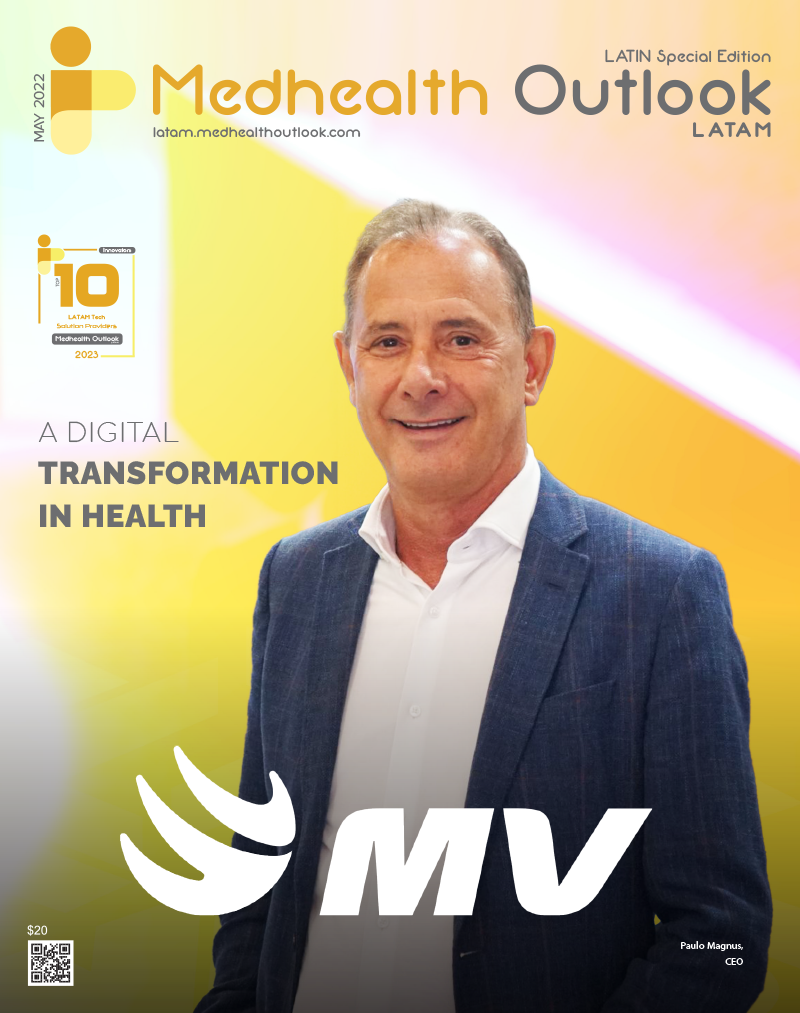Introduction
The global population is rapidly aging, with the number of people aged 60 and above expected to reach 2.1 billion by 2050, up from 962 million in 2017. This demographic shift, often referred to as the “Silver Tsunami,” presents both challenges and opportunities for healthcare and pharma decision-makers. As the demand for age-specific care and medications increases, organizations must adapt to address the unique needs of older adults while ensuring better public health outcomes. This article will discuss the development of age-friendly policies, targeted drug therapies, specialized care models, and digital health solutions for Elderly Care that are transforming the way healthcare and pharma industries cater to the aging population. Additionally, the article will explore innovative collaborations and partnerships as a crucial component for addressing the Silver Tsunami, emphasizing the importance of cross-sector engagement and global initiatives in creating effective and sustainable solutions for the aging population.
Age-Friendly Policies and Infrastructure
One of the key components of addressing the Silver Tsunami is the development of age-friendly policies and infrastructure. The World Health Organization (WHO) has outlined a framework for age-friendly cities and communities, which can serve as a foundation for healthcare and pharma organizations. By focusing on areas such as accessible healthcare facilities, tailored medications, and supportive services, organizations can help create an environment that supports healthy aging and reduces the burden on public health systems.
One example of an age-friendly initiative is the creation of geriatric emergency departments, which cater specifically to the needs of older adults. Studies have shown that these specialized departments can result in improved outcomes and reduced hospital readmissions for elderly patients.
Targeted Drug Therapies and Personalized Medicine
As the aging population grows, the demand for medications targeting age-related conditions, such as cardiovascular disease, cancer, and neurodegenerative disorders, will increase. In response, pharma companies must invest in research and development to create innovative, targeted therapies that address these unique health challenges. Personalized medicine, which utilizes an individual’s genetic makeup to tailor treatment, is a promising approach in this regard.
Global studies, such as the Alzheimer’s Disease Neuroimaging Initiative (ADNI), are exploring the potential of personalized medicine to improve the treatment of age-related diseases. By better understanding the genetic factors that contribute to these conditions, researchers can develop targeted therapies that may lead to improved public health outcomes.
Specialized Care Models
To meet the demands of the aging population, healthcare organizations must develop specialized care models that address the unique needs of older adults. One such approach is the Program of All-Inclusive Care for the Elderly (PACE), which provides comprehensive, coordinated care for frail elderly individuals. This model has been shown to improve health outcomes, increase patient satisfaction, and reduce healthcare costs.
Telehealth and remote patient monitoring are other technologies that can support specialized care models for older adults. By enabling healthcare providers to monitor and manage chronic conditions remotely, these technologies can improve access to care, reduce hospitalizations, and support aging in place.
Digital Health Solutions for Elderly Care
Digital health solutions, such as mobile applications and electronic health records, can also play a significant role in addressing the needs of the aging population. Mobile applications can provide older adults with valuable resources, such as medication reminders, appointment scheduling, and health tracking, making it easier for them to manage their health. Electronic health records can improve care coordination and reduce errors, leading to better patient outcomes.
Innovative Collaborations and Partnerships for the Silver Tsunami
As the global population ages, innovative collaborations and partnerships become essential in addressing the needs of the aging population. Cross-sector partnerships, involving stakeholders such as healthcare providers, pharma companies, policy-makers, researchers, technology companies, and community organizations, enable knowledge and resource sharing to develop comprehensive solutions for older adults. Public-private partnerships (PPPs) leverage the strengths and resources of public and private organizations to create age-friendly infrastructure, targeted drug therapies, and specialized care models, fostering innovative solutions that individual efforts may not achieve. Lastly, global collaborations between healthcare and pharma organizations, research institutions, and international agencies facilitate the sharing of best practices, development of new innovations, and implementation of effective policies to address the needs of the aging population worldwide. By working together, these partnerships can accelerate advancements in addressing the unique health challenges posed by the Silver Tsunami and promote better public health outcomes for older adults.
Conclusion
The Silver Tsunami presents a complex challenge for the healthcare and pharma industries, necessitating innovative approaches to address the unique needs of the aging population. Age-friendly policies, targeted drug therapies, specialized care models, and digital health solutions are vital components for adapting to the demographic shift. Additionally, fostering cross-sector collaborations, public-private partnerships, and global initiatives is crucial for creating comprehensive and sustainable solutions for older adults. By working together and embracing innovation, stakeholders can effectively address the challenges posed by the Silver Tsunami, ultimately improving public health outcomes and ensuring a better quality of life for the aging population worldwide.












